Cucumbers are a popular and versatile vegetable that is widely grown for their crisp, juicy flesh and mild flavour. Whether grown in the ground or containers, cucumbers are relatively easy to care for and can be a great addition to any garden. In this guide, we will cover everything you need to know about growing cucumbers, including choosing the right variety, planting and care tips, and controlling pests and diseases. With proper care, you can enjoy a bountiful harvest of crisp and delicious cucumbers. Cucumbers are a popular and easy-to-grow vegetable that can be grown both in a garden and in containers.
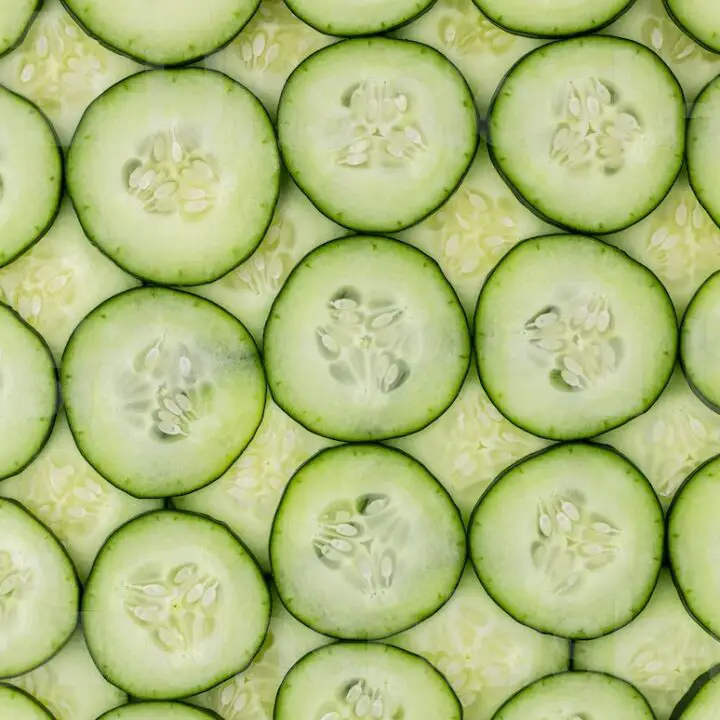
Here is a basic guide on how to grow and care for cucumbers:
- Select a sunny location: Cucumbers require full sun to grow properly, so choose a location that receives at least 6-8 hours of direct sunlight every day.
- Prepare the soil: Cucumbers prefer well-drained soil that is rich in organic matter. Add compost or well-rotted manure to the soil to improve its fertility and structure.
- Sow seeds: Cucumbers can be started from seed or purchased as seedlings. Sow seeds 1 inch deep and 3-4 inches apart in rows, or in containers filled with potting soil. Keep the soil moist and warm, around 70-75°F, until the seeds germinate.
- Support the plants: Cucumber plants grow tall and require support to keep the fruits off the ground and prevent them from rotting. Use a trellis, stake, or cage to support the plant.
- Water regularly: Cucumbers need consistent moisture to grow and produce fruits. Water the plants deeply and regularly, especially during hot and dry weather. Avoid getting water on the leaves, as it can encourage fungal diseases.
- Fertilise: Feed the plants every 2-3 weeks with a balanced liquid fertilizer to ensure they receive all the necessary nutrients for growth and fruiting.
- Pinch off the tips: Pinch off the tips of the plant when it reaches the top of its support to encourage branching and increase fruit production.
- Harvest regularly: Harvest cucumbers regularly to keep the plants producing. Pick the fruits when they are firm and still shiny before they become overripe and develop dull skin.
With proper care, cucumber plants will produce an abundance of crisp and delicious fruits all season long.
Table of Contents
Why should I grow cucumbers?
Growing your cucumbers allows you to have fresh, crisp and flavorful cucumbers right at your fingertips. Store-bought cucumbers can sometimes be bland and lack flavour, but freshly picked cucumbers are sweet, juicy, and delicious. Cucumbers are a healthy food option as they are low in calories, high in water, and contain vitamins and minerals like Vitamin C, K, and potassium.
Growing your cucumbers can save you money as it is often less expensive than buying them from a store. There is a sense of satisfaction and accomplishment that comes with growing your food. Seeing the seeds you planted grow into healthy, productive plants is a rewarding experience. Growing your cucumbers reduces your carbon footprint as you are not transporting produce from a faraway location.
Additionally, growing your cucumbers allows you to control the use of pesticides and chemicals, making it a more environmentally-friendly option. Cucumbers can be used in a variety of dishes, including salads, sandwiches, smoothies, and pickles, making them versatile ingredients for your kitchen. In summary, growing cucumbers offers numerous benefits and is a great addition to any garden or container garden. Whether for their taste, health benefits, or personal satisfaction, growing cucumbers is a rewarding experience that you can enjoy all season long.

Can cucumbers be grown indoors?
Yes, cucumbers can be grown indoors. Indoor cucumber growing is a great option for those who live in areas with limited outdoor growing space or for those who want to grow cucumbers year-round.
- Choose a container: Select a container that is at least 12 inches deep and wide (approximately 30 centimetres), with drainage holes at the bottom.
- Fill with potting mix: Fill the container with a high-quality potting mix that is well-draining.
- Select a suitable variety: Look for compact cucumber varieties, such as bush or patio cucumbers, which are well-suited for growing in containers.
- Provide adequate light: Cucumbers need at least 6 hours of bright, direct light to grow properly. If you do not have a sunny window, consider using grow lights to provide the necessary light for your plants.
- Water regularly: Keep the soil consistently moist, but not waterlogged. Overwatering can lead to root rot, so be careful not to overwater.
- Fertilise regularly: Feed your indoor cucumber plants every 2-3 weeks with a balanced liquid fertilizer to ensure they receive all the necessary nutrients for growth and fruiting.
- Provide support: As indoor cucumber plants grow tall, they will need support to keep the fruits off the ground and prevent them from falling over. Use a trellis or stake to support your plants.
With proper care, indoor cucumber plants can produce an abundance of crisp and delicious fruits. Keep in mind that indoor cucumber plants may take longer to mature than outdoor plants, so be patient and enjoy the process of growing your indoor cucumbers!
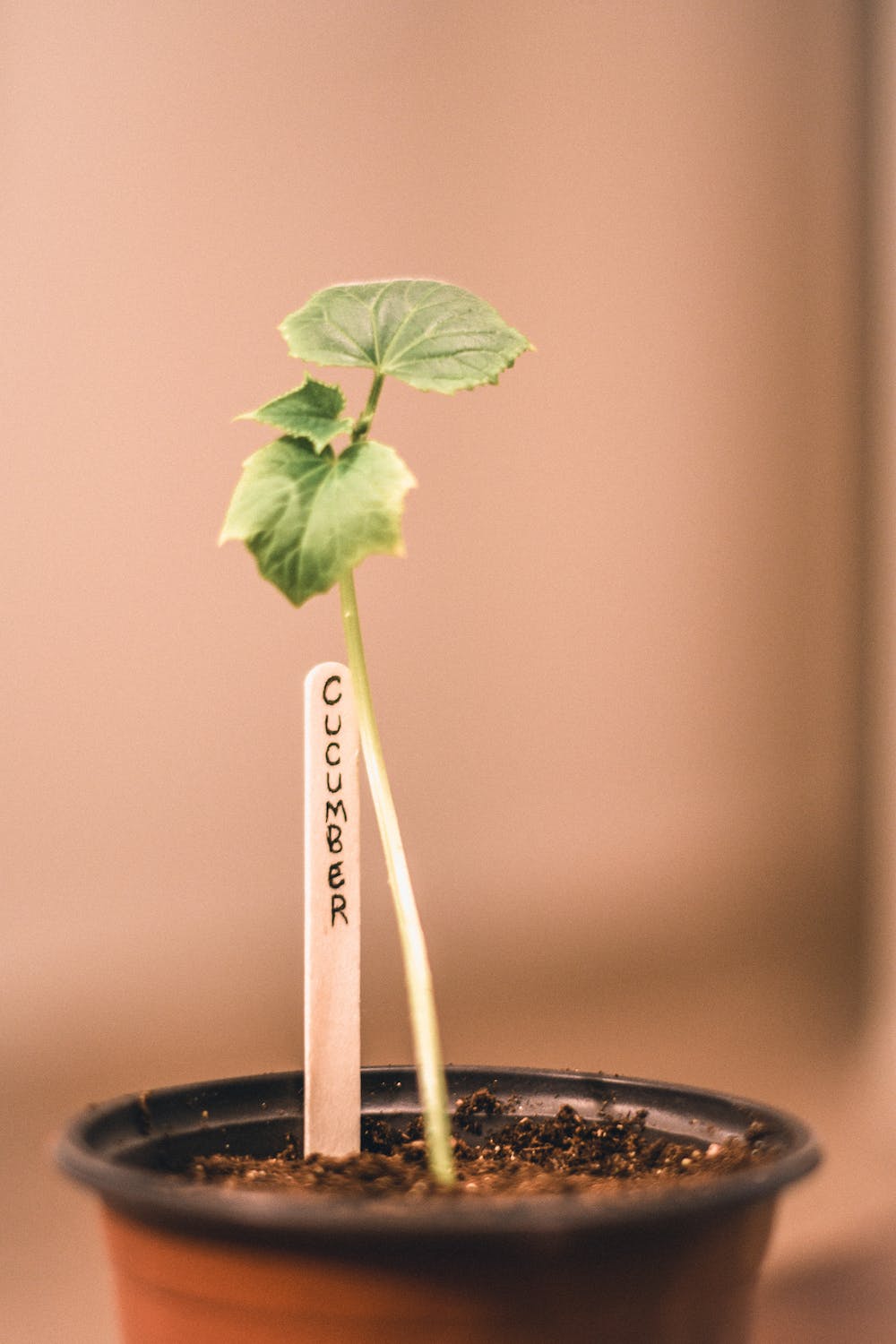
How do I fertilise cucumber plants?
Fertilising cucumber plants is an important step in ensuring healthy growth and high yields. Before fertilising, it’s a good idea to perform a soil test to determine the nutrient levels in your soil. This will help you determine what fertilisers if any, you need to add to your soil.
Use a balanced fertiliser, such as a 10-10-10 or 12-12-12, that contains equal parts of nitrogen, phosphorus, and potassium. You also need to apply fertilizer at planting time, for instance, if the soil test indicates that the soil is deficient in nutrients, mix the fertilizer into the soil at planting time.
Cucumbers should be fertilised during the growing season. During the growing season, feed your cucumber plants every 2-3 weeks with a balanced liquid fertiliser. Follow the manufacturer’s instructions for application rates. It is also important to avoid over-fertilising. Over-fertilizing can be harmful to cucumber plants and lead to reduced yields. Stick to the recommended application rates and avoid applying fertiliser late in the season, as this can encourage late, soft growth that is more susceptible to disease.
In addition to fertilising, you can also improve the fertility of your soil by adding compost to the soil each year. Compost will provide a slow-release source of nutrients to your plants and improve soil structure. By fertilising your cucumber plants properly, you can ensure healthy growth and high yields of delicious cucumbers.
What soil should I use for growing cucumbers?
Cucumbers prefer well-draining soil that is rich in organic matter. The ideal soil for growing cucumbers should have the following characteristics:
- Drainage: Good drainage is crucial for cucumbers as they do not tolerate standing water. If your soil does not drain well, consider raised beds or mounds for planting.
- Nutrient-rich: Cucumbers prefer soil that is rich in nutrients, especially nitrogen. Before planting, you can amend the soil with compost or well-rotted manure to add organic matter and improve soil fertility.
- pH: Cucumbers prefer slightly acidic soil with a pH between 6.0 and 6.8. If the soil pH is too low or too high, you can amend the soil with lime or sulfur to adjust the pH.
- Loamy soil: Loamy soil is the ideal soil for cucumbers as it has a good balance of sand, silt, and clay, which provides good drainage and holds enough moisture for plants.
If you have heavy clay soil, you may want to consider raised beds or mounds for planting your cucumbers, as this type of soil can be difficult for roots to penetrate and can lead to poor growth.
By providing your cucumber plants with well-draining, nutrient-rich soil with the proper pH, you can ensure healthy growth and high yields of delicious cucumbers.
How often do I water cucumbers?
Proper watering is essential for growing healthy cucumbers. Cucumbers need consistent moisture to grow properly and produce high yields. Water your plants deeply once or twice a week, depending on the weather and soil conditions. In hot and dry weather, you may need to water more frequently.
When you water, aim to provide enough water to thoroughly soak the soil around the plants to a depth of 6-8 inches (approximately 15-20 centimetres). A good rule of thumb is to provide about 1 inch of water per week (approximately 2.5 centimetres). The best time to water cucumbers is in the morning, so the plants have time to dry off before nightfall. Avoid watering in the evening, as this can encourage disease.
The best way to water cucumbers is by using a soaker hose or drip irrigation, as this method helps to avoid wetting the leaves, which can encourage disease. If you water by hand, use a watering can with a fine rose to avoid disturbing the plants. Check the soil moisture regularly, especially during hot and dry weather, to ensure that your plants are not getting too dry. To check soil moisture, insert your finger into the soil about 2-3 inches deep (approximately 3-7.5 centimetres). If the soil is dry at this depth, it’s time to water.
How often do I harvest cucumbers?
The frequency of harvesting cucumbers depends on a few factors, including the variety you are growing and the growing conditions. Cucumbers are ready to harvest about 50-70 days after planting, depending on the variety. Lastly, check the size of the cucumbers regularly and pick them when they are at their peak of ripeness, which is typically when they are firm, dark green, and free of blemishes.
Once the cucumbers begin to mature, they can grow very quickly, so it’s important to check your plants regularly and harvest the cucumbers frequently. Harvesting cucumbers regularly encourages the plant to produce more fruit. You should harvest cucumbers for eating as soon as they reach maturity. If you are growing cucumbers for pickling, wait until they are slightly smaller and more immature, as they will be less bitter and more tender at this stage.
By harvesting cucumbers regularly and at the right stage of maturity, you can ensure that your plants produce high yields of delicious, fresh cucumbers.
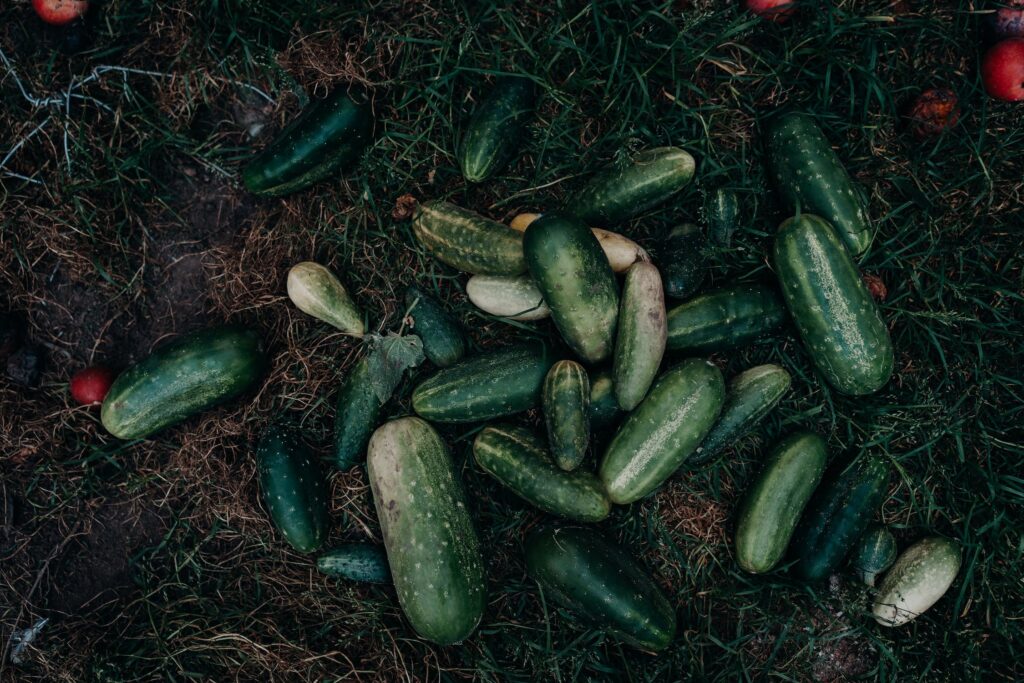
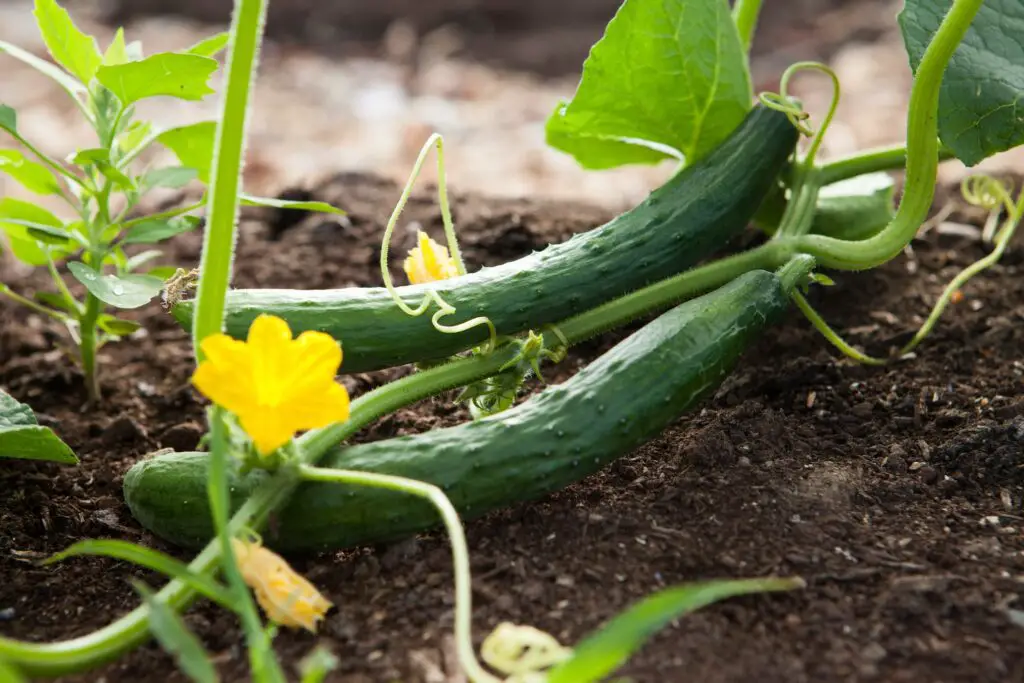
What is the best cucumber to grow?
The best cucumber to grow depends on your personal preference and growing conditions. Here are some popular cucumber varieties and their characteristics:
- Slicing Cucumbers: These are the most common type of cucumbers and are great for fresh eating, salads, and sandwiches. Popular slicing cucumber varieties include “Marketmore,” “Diva,” and “Sweet Slice.”
- Pickling Cucumbers: These are smaller and crisper than slicing cucumbers, and they are ideal for pickling. Popular pickling cucumber varieties include “Cornichon,” “Kirby,” and “Bread and Butter.”
- English or Burpless Cucumbers: These are known for their delicate skin and mild flavour, and they are often seedless. English cucumbers are typically grown in greenhouses and are a good choice if you want to grow cucumbers indoors. Popular English cucumber varieties include “Hothouse,” “Sweetseed,” and “Beit Alpha.”
- Mini Cucumbers: These are small, crunchy cucumbers that are perfect for snacking or for use in small gardens. Popular mini cucumber varieties include “Lemon,” “Parisian,” and “Mexican Mini.”
- Cucumber for Trellising: These are vining cucumbers that are ideal for growing on a trellis or support system. Trellising helps to keep the cucumbers off the ground, making them easier to harvest and reducing the risk of disease. Popular trellising cucumber varieties include “Tendergreen,” “Straight Eight,” and “Burpless Hybrid.”
By choosing a cucumber variety that suits your growing conditions and personal preferences, you can ensure a successful harvest of delicious cucumbers.
Pest control for cucumbers
Cucumbers can be susceptible to several pests, but with proper pest control, you can protect your plants and ensure a healthy harvest. Here are some common cucumber pests and how to control them:
- Aphids: These small, sap-sucking insects can damage cucumber leaves and reduce yields. Control aphids by removing infested leaves, using insecticidal soap, or introducing natural predators like ladybugs.
- Squash bugs: These large, shield-shaped insects can damage cucumber vines and reduce yields. Control squash bugs by removing egg masses from the undersides of leaves and handpicking the adult insects.
- Cucumber beetles: These small, yellow and black-striped beetles can transmit bacterial wilt and reduce yields. Control cucumber beetles by using row covers, hand picking, and applying insecticides if necessary.
- Cutworms: These large, grey or brown caterpillars can cut off young cucumber plants at the base. Control cutworms by placing collars made of cardboard or aluminium foil around the base of the plants, or by applying insecticides.
- Powdery mildew: This fungal disease can cause yellowing leaves, reduced yields, and stunted growth. Control powdery mildew by providing good air circulation, avoiding overhead watering, and applying fungicides if necessary.
By monitoring your plants regularly and taking appropriate control measures when necessary, you can protect your cucumber plants from pests and diseases and ensure a healthy harvest.
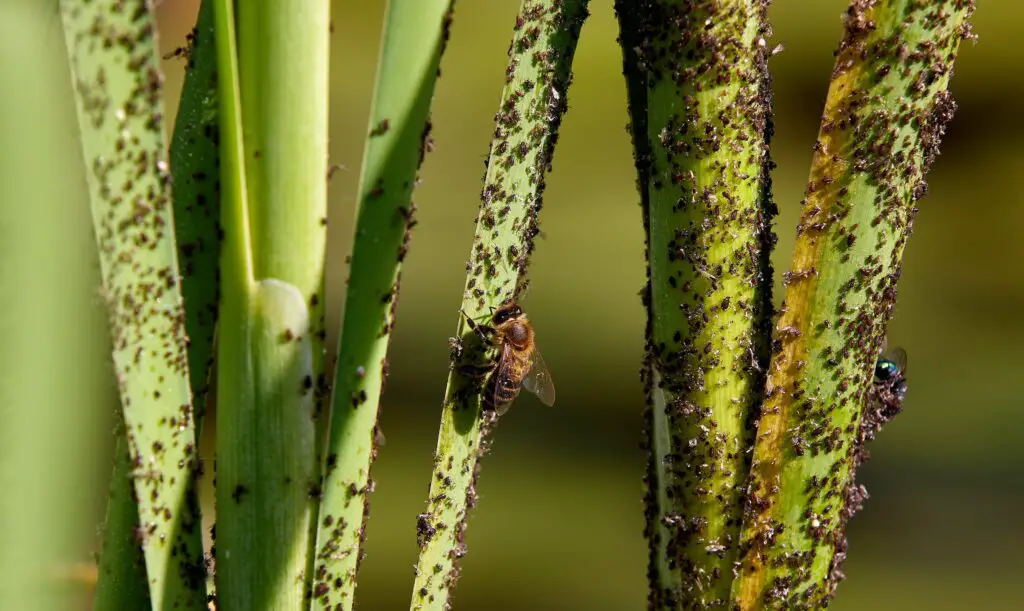
What companion plants can be grown with cucumbers?
Companion planting is the practice of growing different plants together to promote growth and reduce pest problems. Here are some companion plants that are known to be beneficial when grown with cucumbers:
- Beans: Beans can help fix nitrogen in the soil, which can benefit the growth of cucumbers. Additionally, beans can deter cucumber beetles, which are a common pest of cucumbers.
- Marigolds: Marigolds can help repel a variety of pests, including nematodes and cucumber beetles, which can damage cucumber plants. Marigolds also release a chemical that can benefit the growth of nearby plants.
- Radishes: Radishes can help deter cucumber beetles and can also improve the health of the soil.
- Nasturtiums: Nasturtiums can help repel aphids and cucumber beetles, which are common pests of cucumbers. They also release chemicals that can benefit the growth of nearby plants.
- Borage: Borage can help repel tomato hornworms and striped cucumber beetles, and can also attract beneficial insects like bees and butterflies.
- Sunflowers: Sunflowers can provide shade for cucumber plants, helping to reduce stress during hot weather. Sunflowers also produce large amounts of nectar, which can attract beneficial insects like bees and ladybugs.
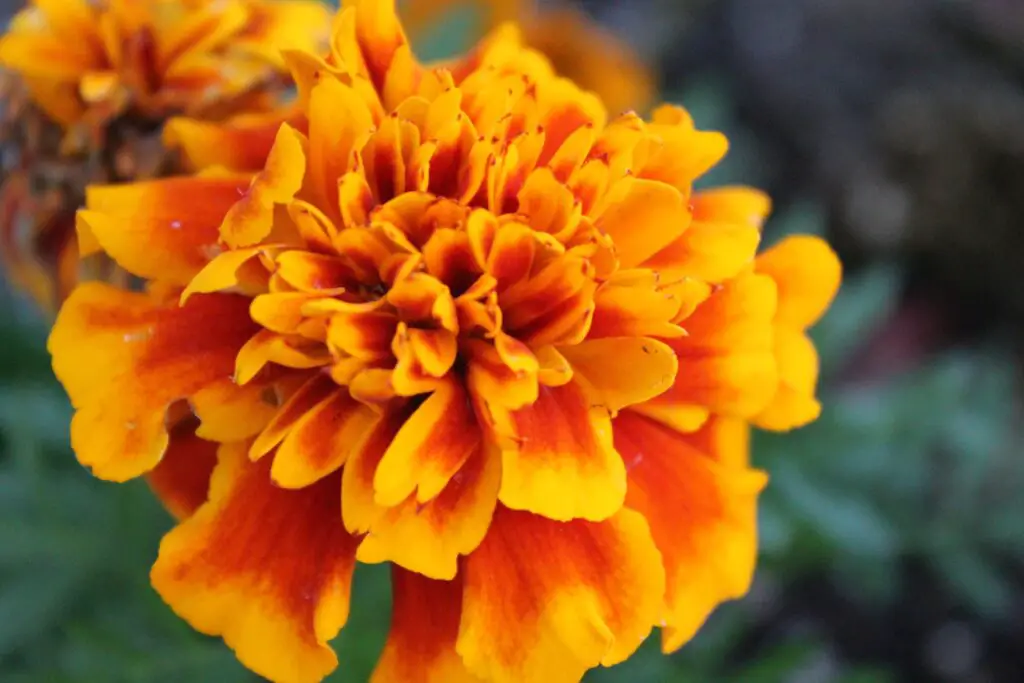
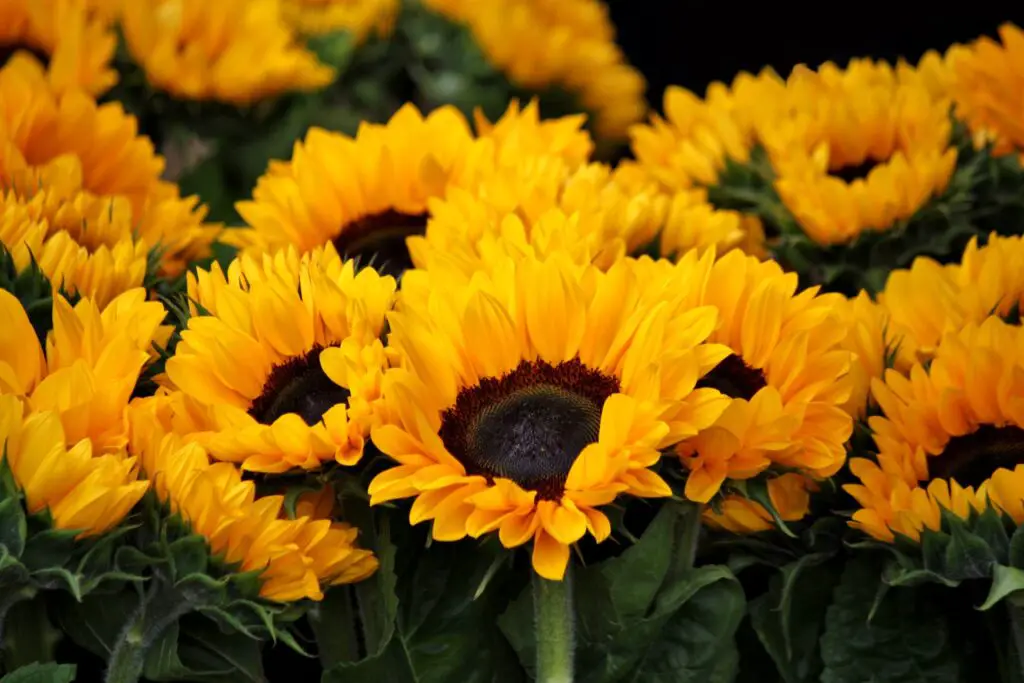
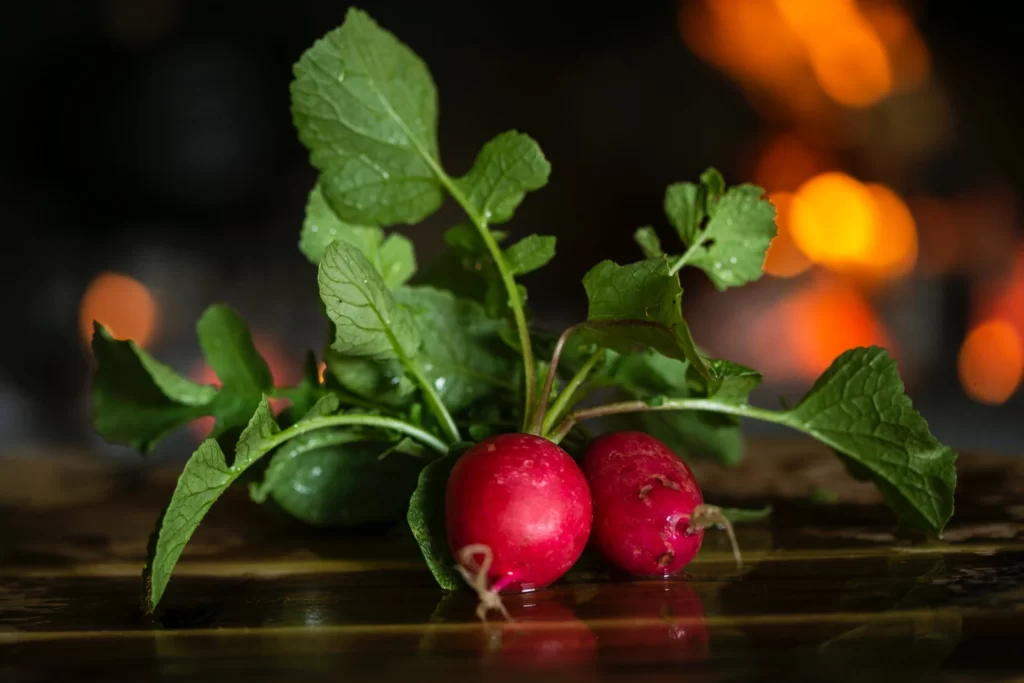
By planting these companion plants alongside your cucumbers, you can help improve their growth and reduce pest problems. Keep in mind that every garden is different, so it’s a good idea to experiment and see what works best in your particular growing conditions.
Conclusion
In conclusion, growing cucumbers can be a fun and rewarding experience. Cucumbers require well-drained soil, regular watering, and plenty of sunlight to thrive. They can be grown in the ground or containers, and can also be trellised for ease of harvesting and to reduce disease. When it comes to choosing a cucumber variety, consider your personal preferences and growing conditions. To control pests and diseases, monitor your plants regularly and take appropriate control measures when necessary. Finally, companion planting with plants like beans, marigolds, and sunflowers can benefit the growth and health of your cucumber plants. By following these guidelines, you can have a successful harvest of delicious cucumbers.
